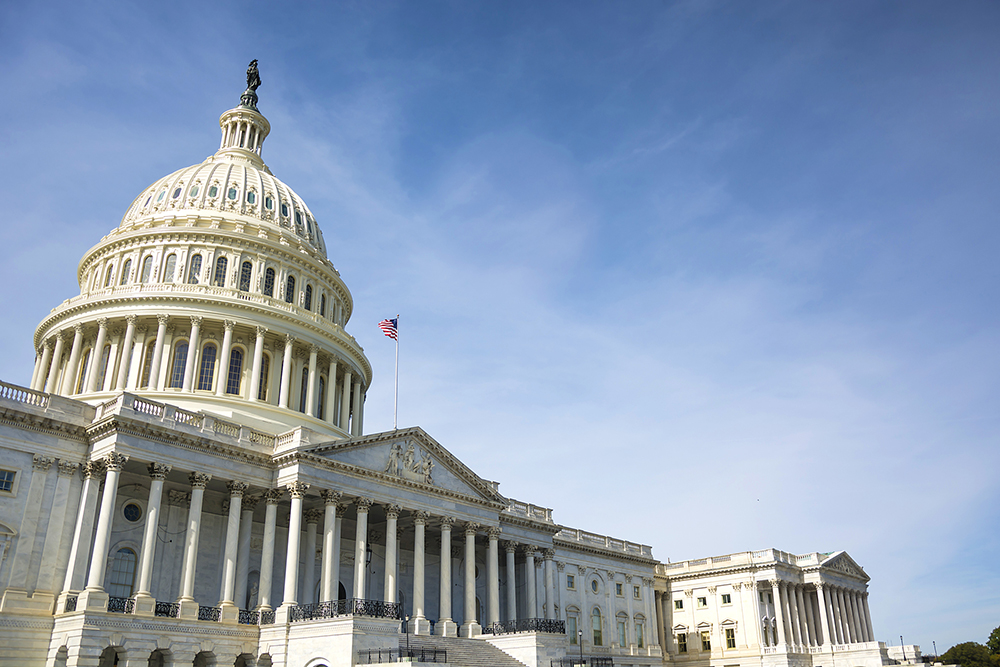
Is Massachusetts ready for carbon pricing?
On Jan. 25, a panel at MIT explored the benefits, costs, and political challenges involved in translating carbon pricing from concept into law in Massachusetts and beyond.
SEE FULL ARTICLE
Jing Li: Applying economics to energy technology
Soon-to-be assistant professor of applied economics focuses on development and deployment solutions that can help the world move to a low-carbon future.
SEE FULL ARTICLE
Subsidizing Fuel Efficient Cars: Evidence from China’s Automobile Industry
In a new CEEPR Working Paper, the authors examine the response of vehicle purchase behavior to China’s largest national subsidy program for fuel efficient vehicles during 2010 and 2011.
SEE FULL ARTICLE
The Use of Regression Statistics to Analyze Imperfect Pricing Policies
Corrective taxes can completely solve a variety of market failures, but actual policies are commonly forced to deviate from the theoretical ideal due to administrative or political constraints. A new CEEPR Working Paper presents a method that requires a minimum of market information to quantify the costs of imperfect pricing, using simple regression statistics.
SEE FULL ARTICLE
A Sector in Transition: Transportation in the 21st Century
MIT CEEPR, together with the Baker Institute, will host experts for a discussion focusing on the future of transportation. Registration is now open, please find details within.
SEE FULL ARTICLE
What’s Killing Nuclear Power in U.S. Electricity Markets?
Prices in U.S. electricity markets fell precipitously in recent years, driving several nuclear power plants to announce plans to close well before the end of their licensed operation. A new working paper provides the first empirical estimate of the geographically heterogeneous impact of three factors on the decline in market prices earned by nuclear plants in the PJM Interconnection between 2008-2016.
SEE FULL ARTICLE
Subscribe To Our Newsletter
Subscribe now and check outour Past newsletters


